The Renaissance era brought forth some of the most remarkable art in history, shaped by visionary masters who revolutionized creativity and expression. From detailed portraits to awe-inspiring frescoes, these artists transformed the way we see the world. Their innovative techniques and profound influence continue to captivate and inspire us today. Let’s explore the intriguing insights into the lives and works of these legendary figures.
Leonardo da Vinci’s Use of Sfumato
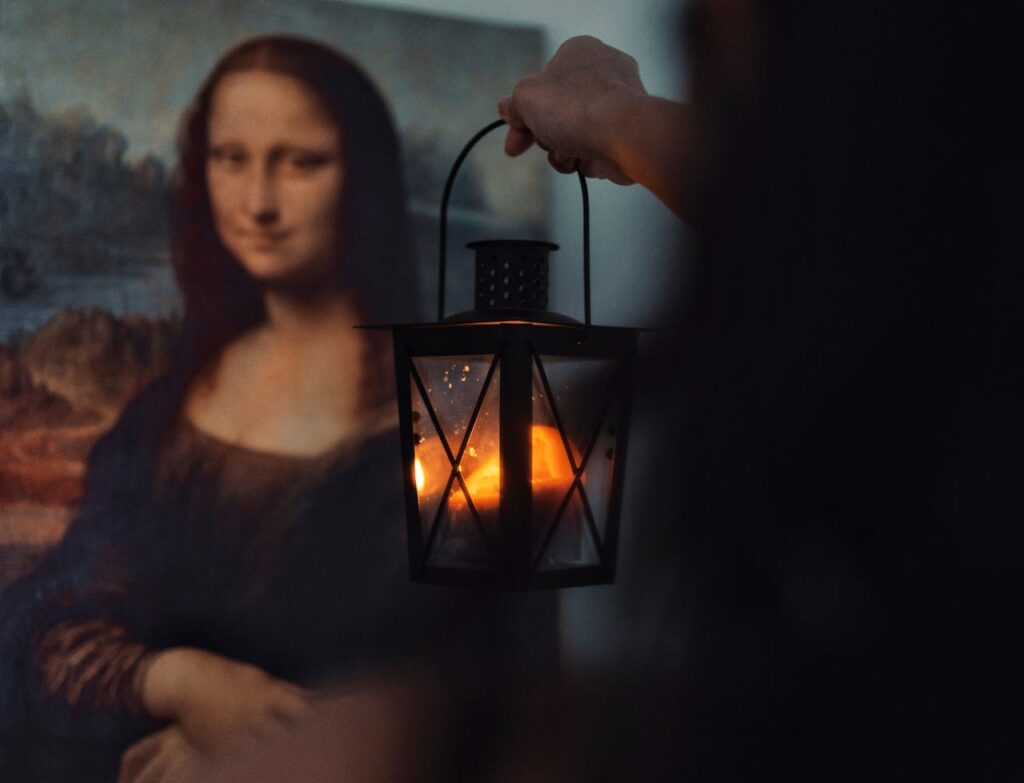
Leonardo da Vinci’s mastery of the sfumato technique remains one of his most celebrated contributions to Renaissance art. This method involves the delicate blending of colors and tones, creating soft transitions between light and shadow without harsh lines. It gives his works, such as the famous Mona Lisa, a lifelike quality and mysterious aura. The technique allowed him to capture intricate details, like the subtle gradation of skin, making his paintings appear almost photographic. Da Vinci’s meticulous study of light and anatomy contributed significantly to the realism that defines Renaissance art.
Michelangelo’s Sculpting Genius
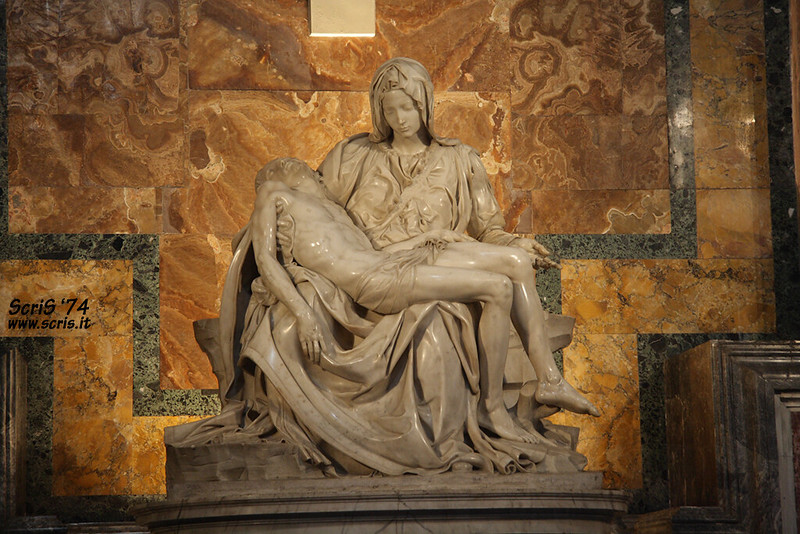
Michelangelo’s extraordinary talent as a sculptor is epitomized by his masterpieces such as David and Pietà. What sets Michelangelo apart is his ability to carve lifelike figures from marble, showcasing an impeccable understanding of human anatomy. His sculptures not only represent physical perfection but also convey deep emotion and drama, which was groundbreaking for the time. His use of contrapposto (a relaxed stance) in David shows his genius in imbuing a static figure with potential movement and energy, creating a timeless symbol of Renaissance humanism.
Raphael’s Balance and Harmony
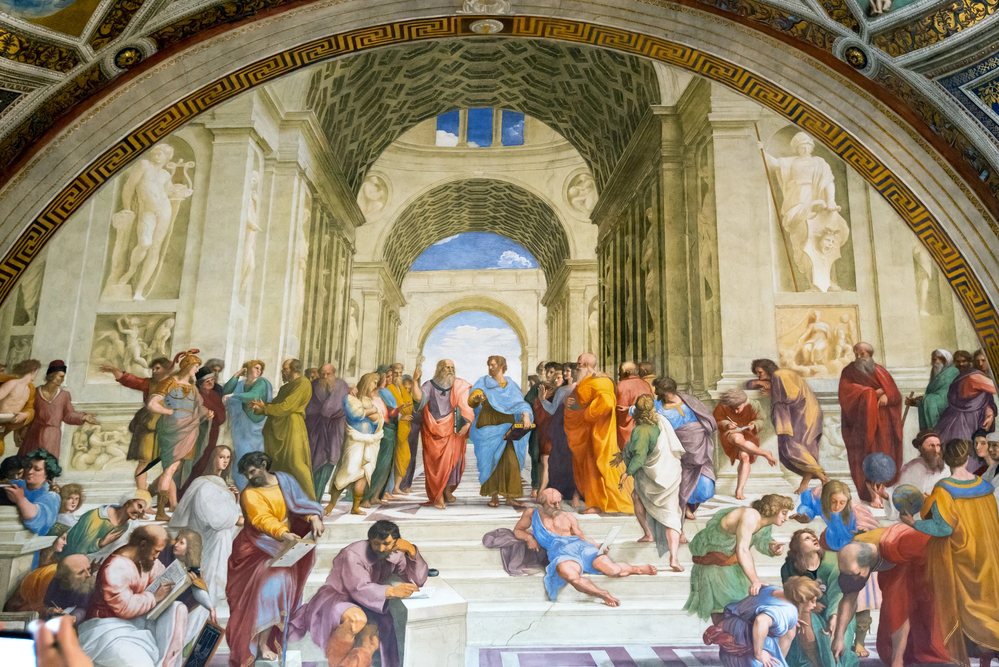
Raphael is renowned for his perfect balance and harmony in composition, which is often seen in his frescoes like The School of Athens. His work is marked by clarity of form and ease of composition, making his paintings visually pleasing and accessible. Raphael’s ability to integrate complex themes with serenity and grace showcases his intellectual and artistic prowess. His human figures are both idealized and natural, embodying the Renaissance ideals of beauty, proportion, and the synthesis of classical and Christian themes.
Titian’s Mastery of Color
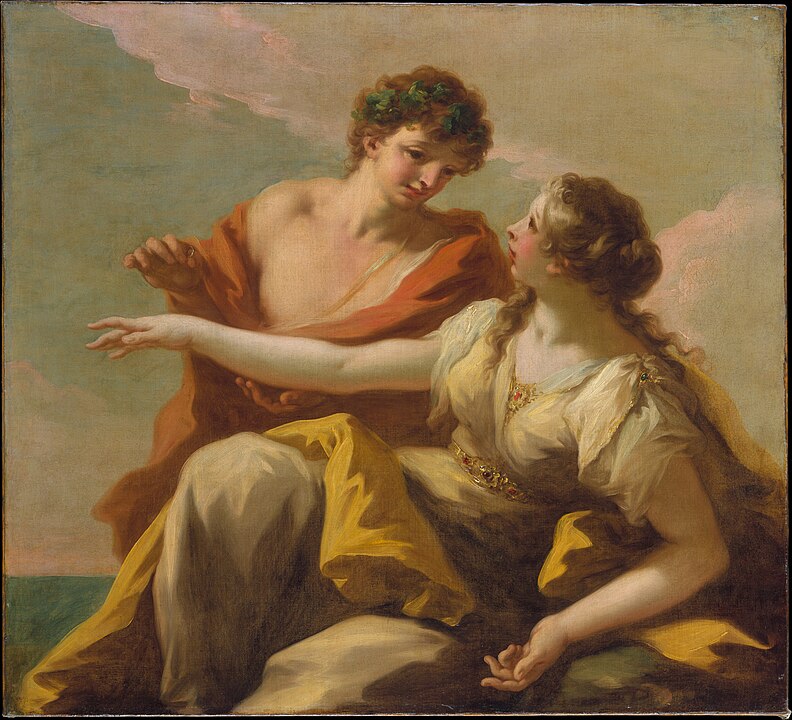
Titian’s bold use of color was revolutionary, setting a new standard for painters during the Renaissance. Known for his vibrant and dynamic palettes, Titian’s works, such as Bacchus and Ariadne, exemplify his ability to manipulate color to evoke emotion and depth. His technique of layering glazes allowed him to create rich, luminous effects that added life to his compositions. Titian’s innovative approach to color had a lasting influence on subsequent generations of artists, particularly in the Venetian school.
Donatello’s Introduction of Emotion in Sculpture
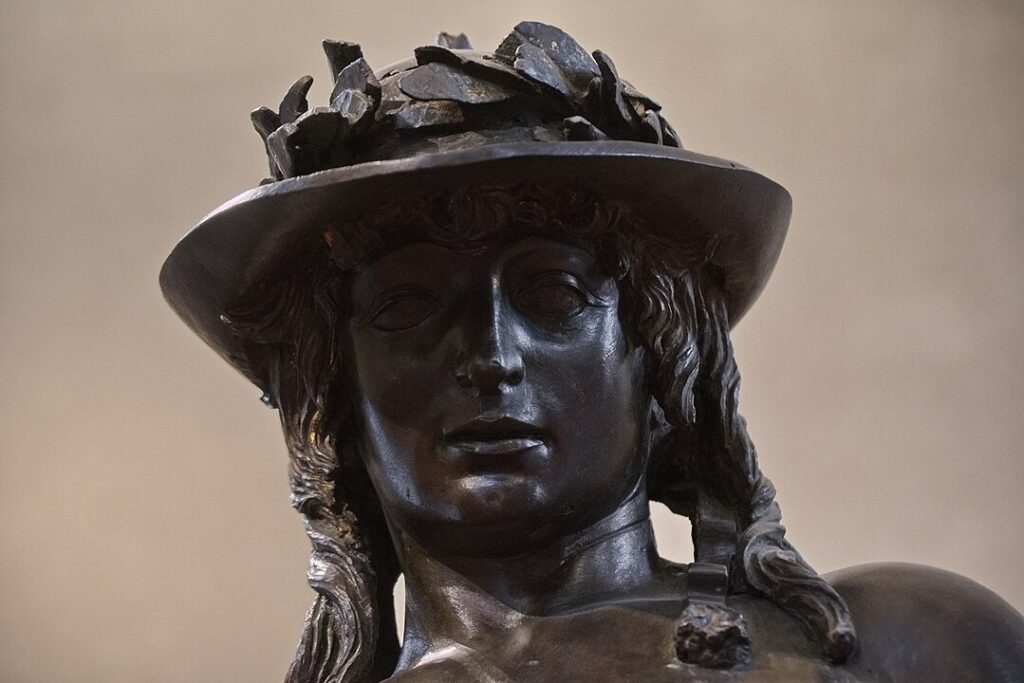
Donatello is credited with introducing genuine emotion into sculpture during the early Renaissance. His bronze statue David was groundbreaking not just for its depiction of the human form but also for the contemplative and introspective expression on David’s face. This was a departure from the stoic representations of figures in medieval art. Donatello’s ability to capture complex psychological states in his sculptures made his work more relatable and human, bridging the gap between classical art and the personal expression of the Renaissance.
Botticelli’s Mythological Themes
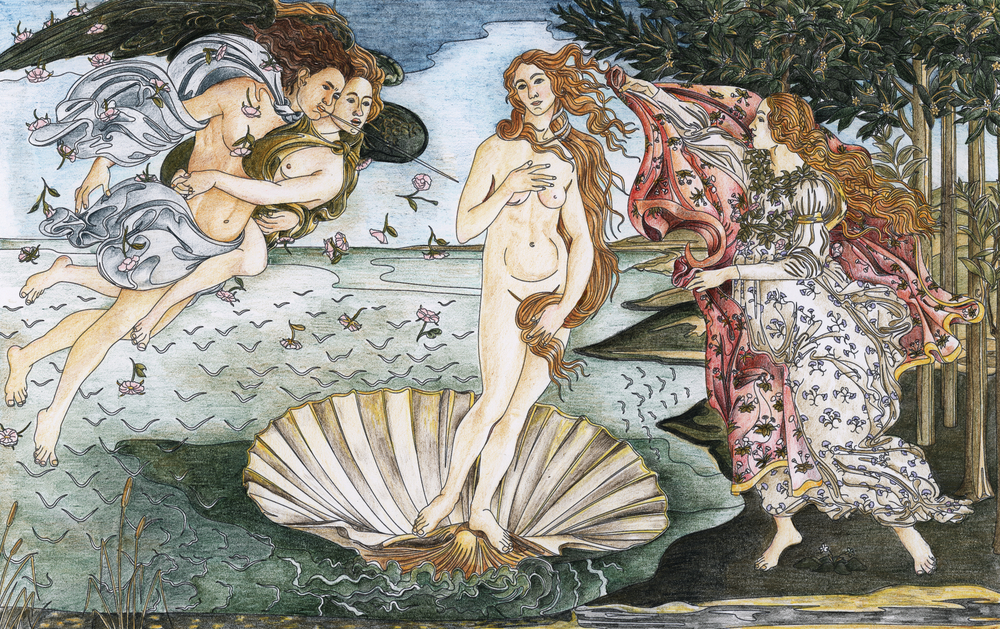
Sandro Botticelli is best known for his mythological themes, particularly in works like The Birth of Venus and Primavera. Botticelli’s use of classical mythology to explore themes of beauty, love, and divinity was a reflection of the Renaissance’s revived interest in ancient Greco-Roman culture. His paintings are filled with symbolism and allegory, inviting viewers to interpret deeper meanings. His delicate figures and flowing compositions create an ethereal quality, emphasizing grace and idealized beauty.
Albrecht Dürer’s Precision in Printmaking
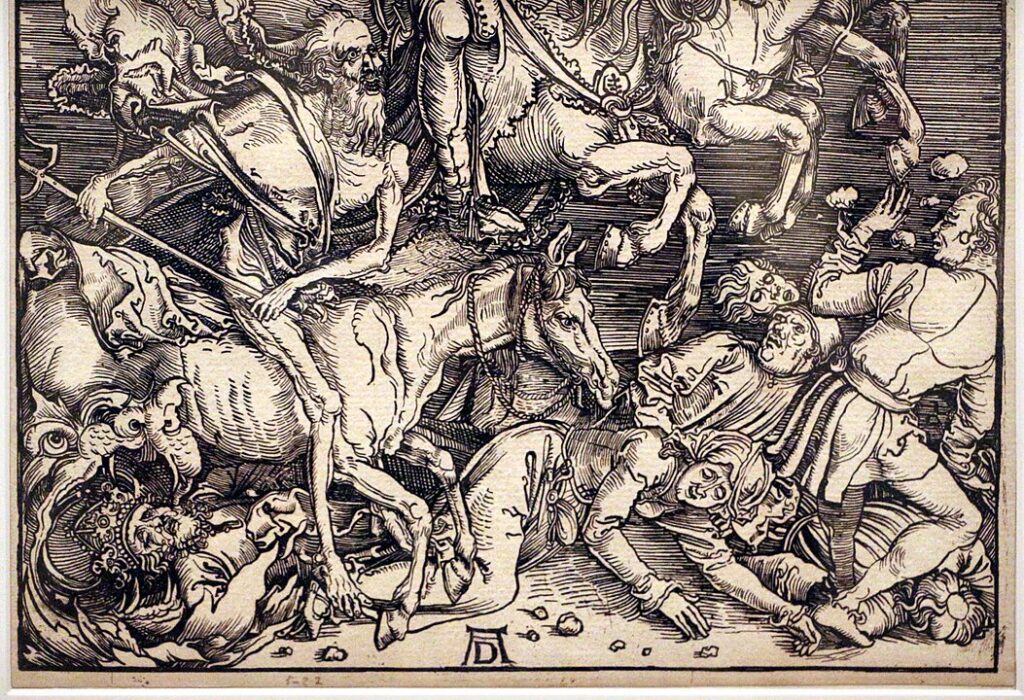
Albrecht Dürer, a Northern Renaissance master, revolutionized printmaking with his precision and attention to detail. His woodcuts and engravings, like The Four Horsemen of the Apocalypse, demonstrate his mastery over line and texture, achieving intricate detail and depth that had not been seen before in prints. Dürer’s prints allowed for the widespread dissemination of Renaissance ideals across Europe, making art more accessible to the masses. His technical skill and use of symbolism bridged the gap between Northern and Italian Renaissance styles.
Brunelleschi’s Architectural Innovations
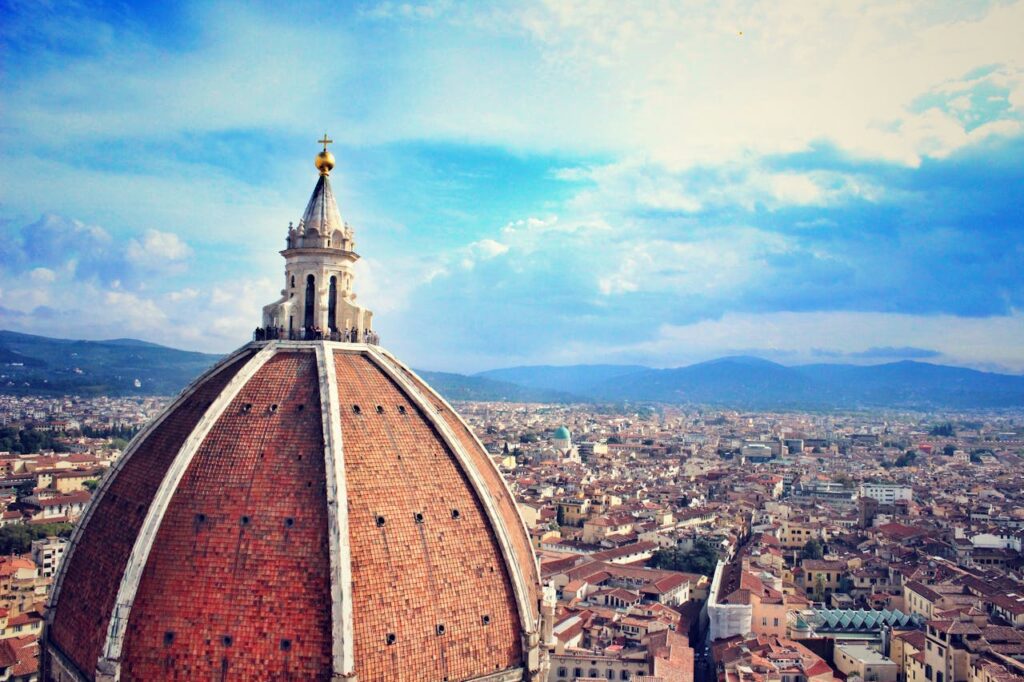
Filippo Brunelleschi was the architect who revolutionized Renaissance architecture by rediscovering the principles of linear perspective and applying them to building design. His most notable achievement is the dome of the Florence Cathedral, a marvel of engineering and design. Brunelleschi’s use of geometric principles and classical elements helped define Renaissance architecture. The dome, constructed without scaffolding using a herringbone brick pattern, was an unprecedented feat and remains one of the most iconic symbols of Renaissance ingenuity.
Masaccio’s Use of Linear Perspective

Masaccio was one of the first painters to use linear perspective, a technique that gives the illusion of three-dimensional space on a flat surface. His fresco The Holy Trinity in Florence is a prime example of this innovation. By applying mathematical principles to art, Masaccio could create realistic depth, bringing a sense of space and structure to his compositions. This breakthrough marked a significant shift in how artists represented the world, making his work foundational to Renaissance painting.
Caravaggio’s Dramatic Use of Chiaroscuro
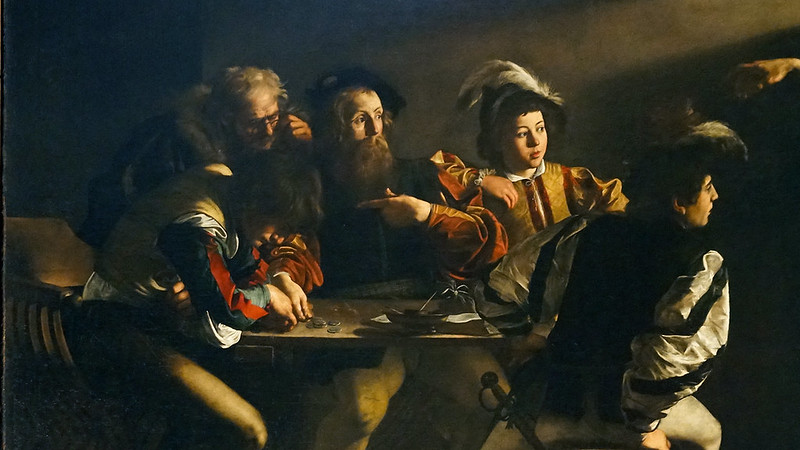
Caravaggio’s dramatic use of chiaroscuro, the strong contrast between light and dark, brought a heightened emotional intensity to his paintings. This technique is evident in works like The Calling of St. Matthew, where the play of light emphasizes the spiritual awakening of the figures. Caravaggio’s bold realism and use of naturalism were controversial yet influential, departing from idealized representations and focusing on raw human emotion. His chiaroscuro added drama and depth to his compositions, setting a new standard for Baroque art that followed the Renaissance.
Jan van Eyck’s Oil Painting Techniques
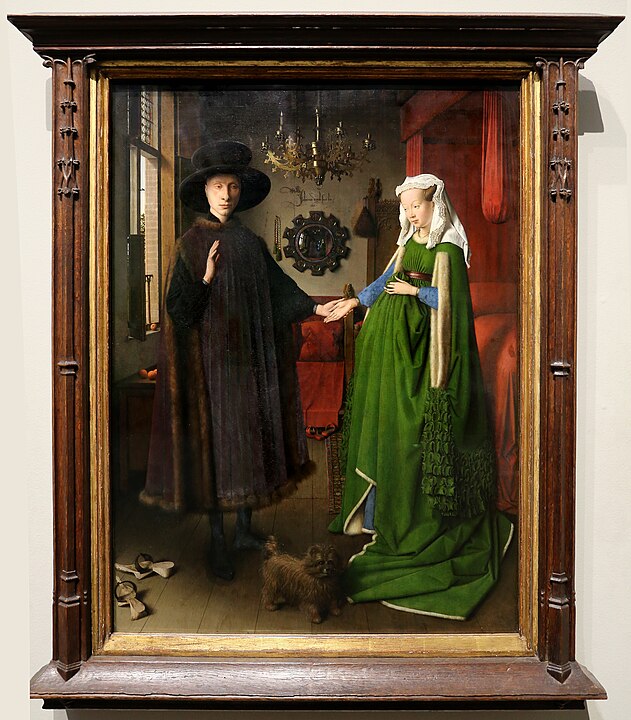
Jan van Eyck, another Northern Renaissance master, is often credited with perfecting oil painting techniques, allowing for greater detail and realism. His works, like The Arnolfini Portrait, showcase his ability to render intricate textures, light reflections, and minute details with astonishing precision. Van Eyck’s use of layers of translucent oil glazes created a sense of depth and luminosity that was previously unattainable. His innovations in oil painting would influence artists for centuries, making him a pivotal figure in the development of Renaissance art.
Ghiberti’s Doors of Paradise
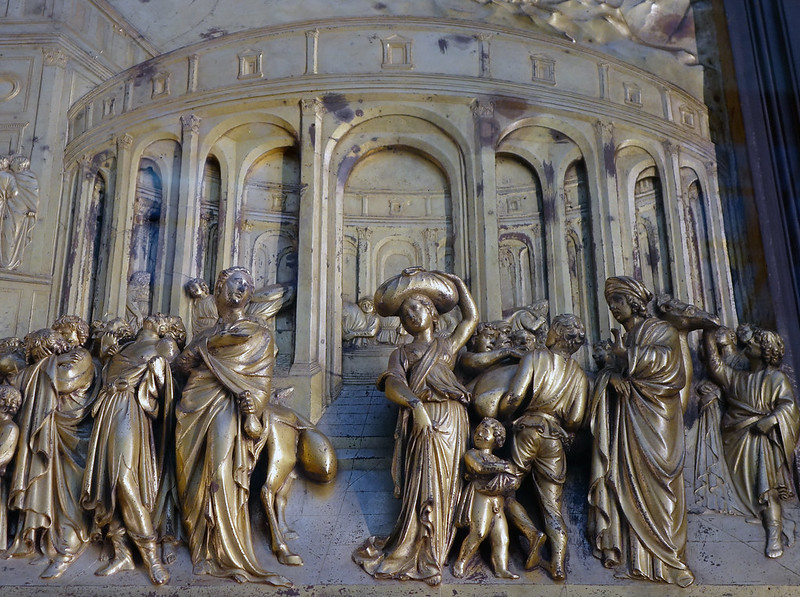
Lorenzo Ghiberti’s bronze doors for the Florence Baptistery, known as the Doors of Paradise, are a masterpiece of Renaissance sculpture. These doors, which depict scenes from the Old Testament, are renowned for their detailed relief work and use of linear perspective, giving the figures a sense of depth and movement. Ghiberti’s doors are a testament to the merging of artistic skill and technical innovation during the Renaissance, showcasing his ability to bring biblical stories to life with realism and grace.
Giotto’s Naturalistic Figures
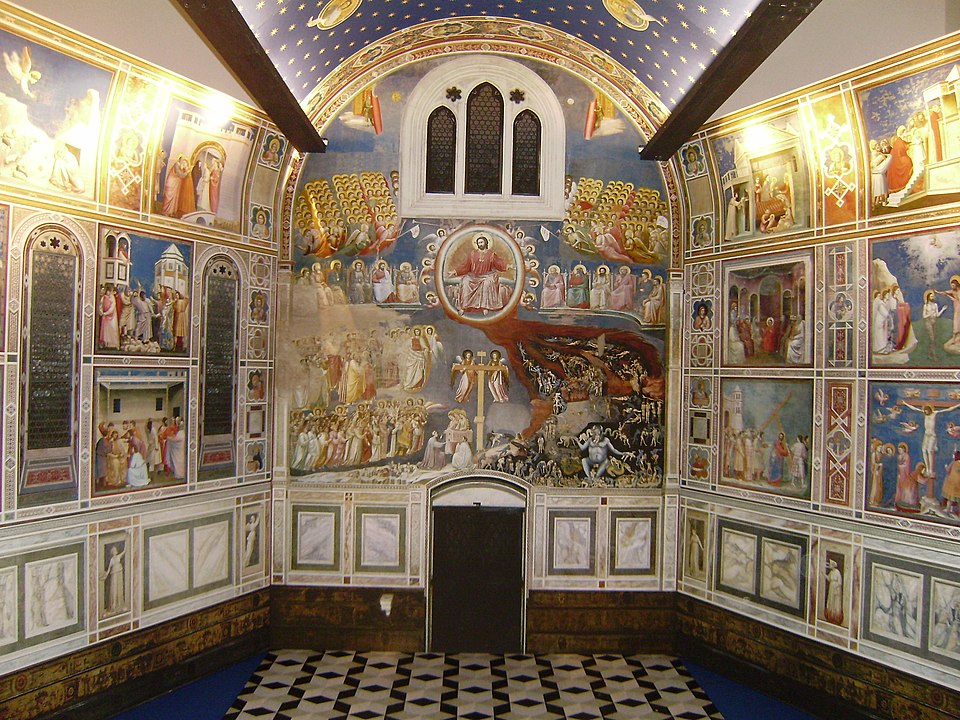
Giotto di Bondone is considered a precursor to the Renaissance due to his naturalistic approach to painting. In his frescoes, such as those in the Scrovegni Chapel, Giotto broke away from the stylized figures of medieval art and introduced more realistic, human-like figures. His characters express a range of emotions, making the scenes more relatable and engaging. Giotto’s ability to convey three-dimensional space and naturalistic movement was a major step toward the fully developed realism of the Renaissance.
Pontormo’s Mannerism
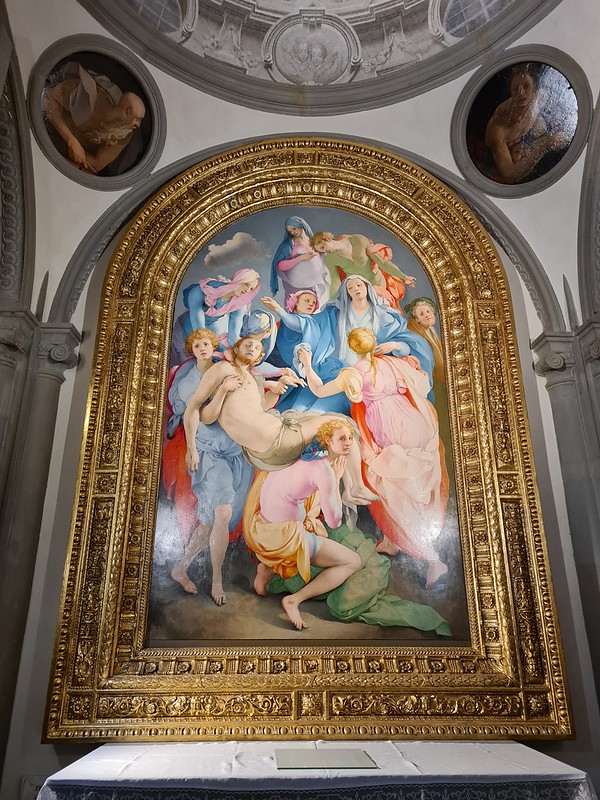
Jacopo Pontormo is a key figure in the development of Mannerism, a style that emerged in the later stages of the Renaissance. His work, such as The Deposition from the Cross, is characterized by elongated figures, unusual color palettes, and complex, distorted compositions. Pontormo’s departure from the balanced harmony of earlier Renaissance artists marked a shift toward a more expressive and stylized form of art. His use of unnatural poses and vibrant colors challenged the traditional rules of proportion and perspective, offering a unique take on Renaissance ideals.
Paolo Uccello’s Focus on Perspective
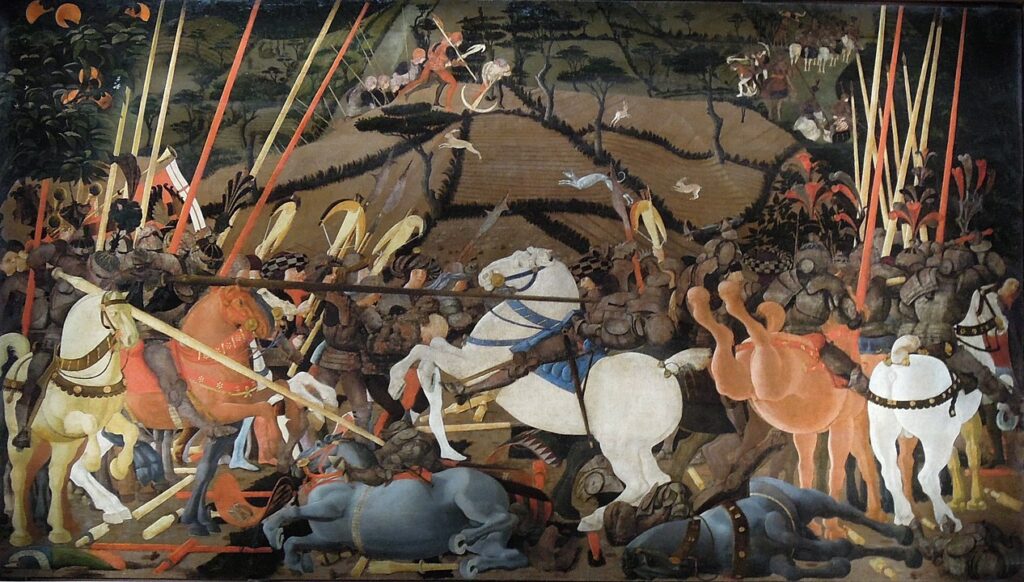
Paolo Uccello was obsessed with the study of perspective, as seen in his painting The Battle of San Romano. Uccello’s fascination with the mathematical side of art led him to experiment with foreshortening and perspective, which gave his works a distinctive, almost geometric appearance. His pioneering work in applying mathematical rigor to the representation of space made him a crucial figure in the early development of perspective in Renaissance art, even though his style remained somewhat abstract compared to his contemporaries.
Fra Angelico’s Spiritual Serenity
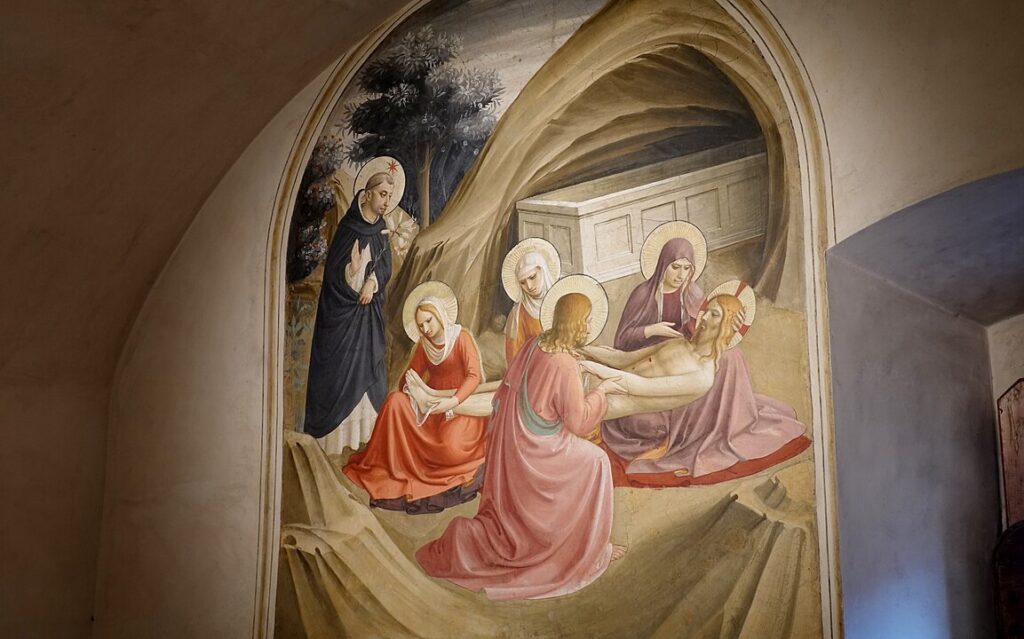
Fra Angelico’s works, particularly his frescoes in the Convent of San Marco, are admired for their spiritual serenity and devotional intensity. His use of soft colors, gentle figures, and harmonious compositions reflects his deep religious faith. Fra Angelico’s art is less concerned with realism and more focused on conveying a sense of divine presence and peace. His works are a beautiful synthesis of Gothic traditions and the emerging Renaissance style, emphasizing grace, simplicity, and spiritual depth.
Piero della Francesca’s Mathematical Precision
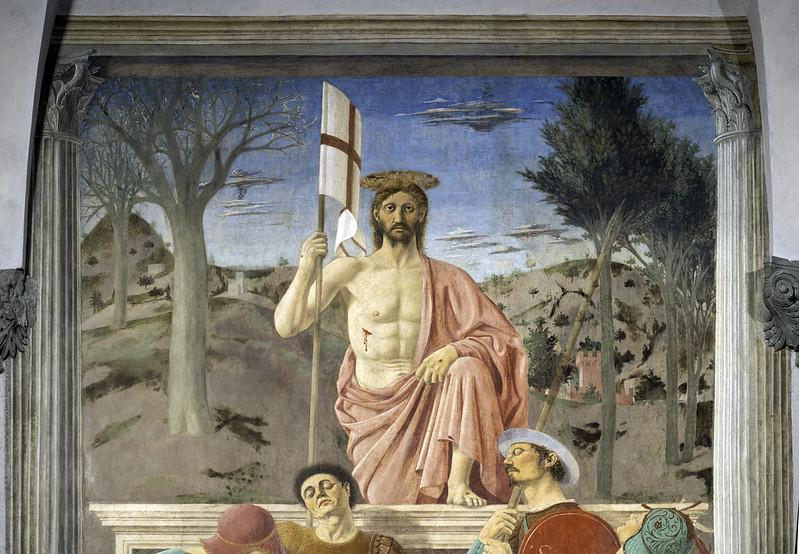
Piero della Francesca was known for his scientific approach to painting, particularly his use of geometry and mathematics in composition. His fresco The Resurrection exemplifies his meticulous attention to proportion, symmetry, and perspective. Piero’s works are marked by their calm, almost detached clarity, as he sought to apply mathematical principles to achieve perfect harmony in his art. His interest in geometry and light set him apart as one of the most intellectual artists of the Renaissance.
Andrea Mantegna’s Illusionistic Techniques
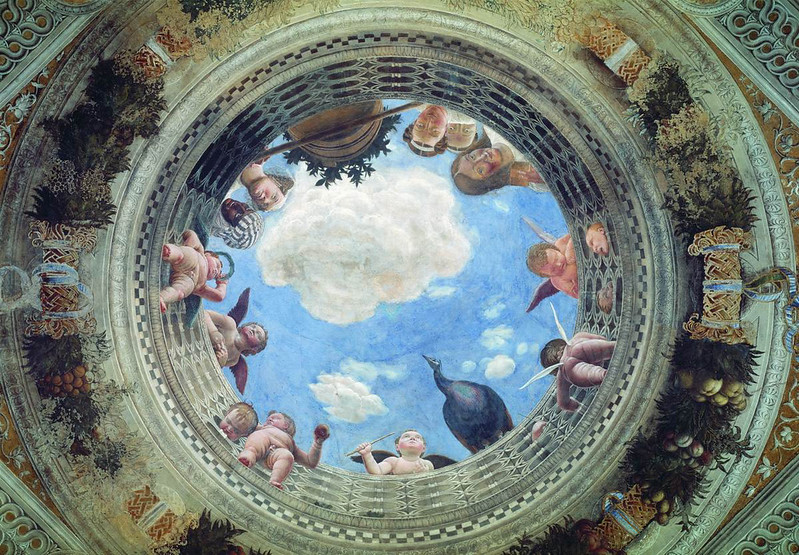
Andrea Mantegna was a master of illusionistic painting, as seen in his Camera degli Sposi frescoes in Mantua. Mantegna used techniques like foreshortening and trompe l’oeil (trick of the eye) to create the illusion of three-dimensional space on a flat surface. His ability to extend the viewer’s perspective beyond the physical boundaries of the room was a groundbreaking achievement in Renaissance art. Mantegna’s emphasis on illusion and perspective influenced many later artists, pushing the boundaries of what painting could achieve.
Correggio’s Dynamic Compositions
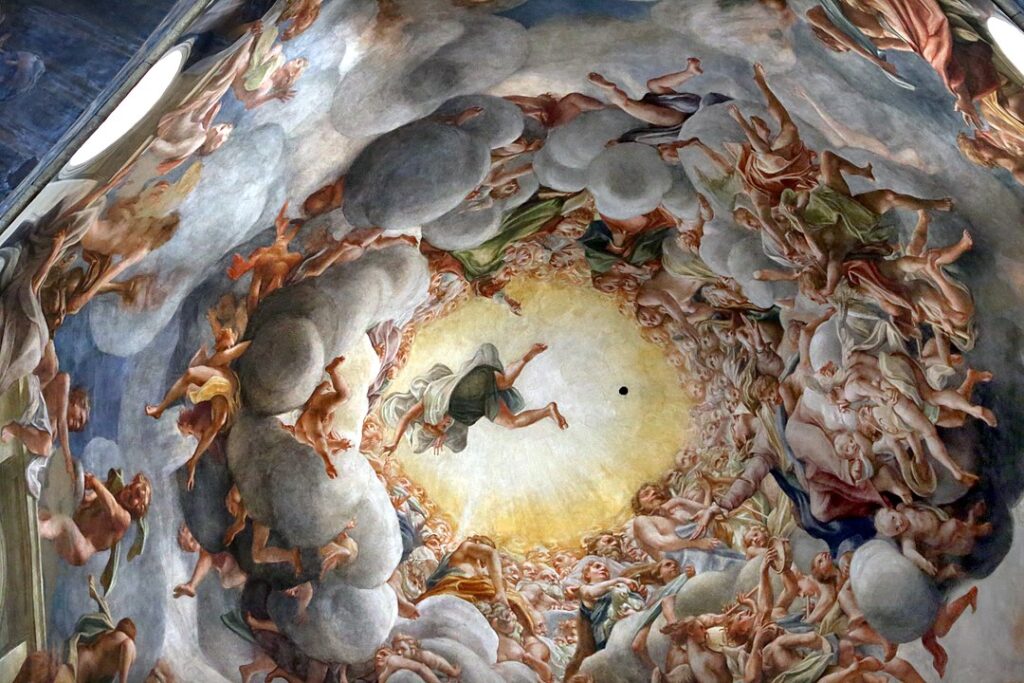
Correggio’s dynamic compositions, particularly in works like Assumption of the Virgin, are characterized by swirling, energetic movements and dramatic use of light. His innovative use of perspective, particularly in ceiling frescoes, created a sense of upward motion and heavenly ascent. Correggio’s ability to create fluid, graceful compositions that draw the viewer’s eye through the painting was highly influential in the development of Baroque art, making him one of the most important transitional figures of the late Renaissance.
Veronese’s Grandiose Scale
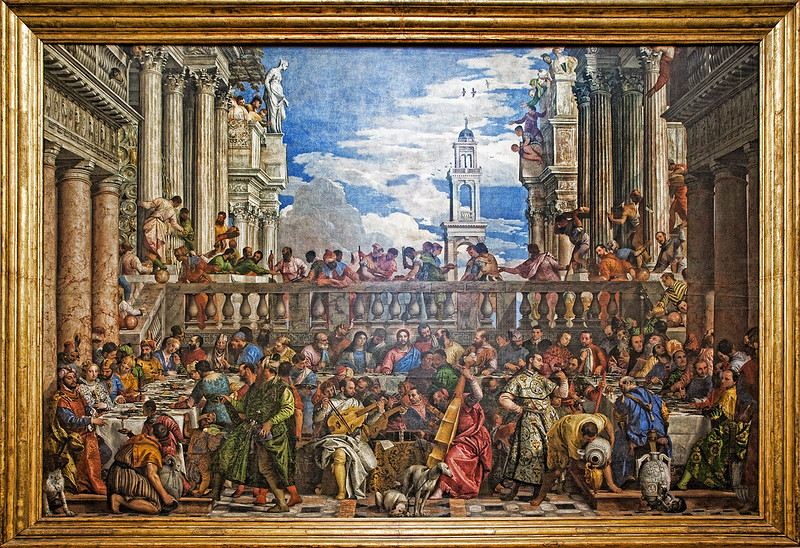
Paolo Veronese is renowned for his large-scale, theatrical compositions that often depicted opulent settings and grandiose scenes, such as The Wedding at Cana. His use of vibrant colors, architectural elements, and elaborate details brought a sense of grandeur and celebration to his works. Veronese’s mastery of large, complex compositions was unique, as he skillfully balanced numerous figures and architectural elements without overwhelming the viewer. His work reflects the wealth and splendor of the Venetian Renaissance, elevating historical and biblical subjects to a level of monumental grandeur.
This article originally appeared on UnifyCosmos.
More from UnifyCosmos
17 Wardrobe Essentials for Effortless Business Casual Outfits

You want to appear professional, but you also need comfort and a touch of personal style. With the right wardrobe essentials, you can effortlessly achieve a polished look thatâs appropriate for any office setting. Read more!
20 Tips for Practicing Gratitude in Your Daily Life

Practicing gratitude can slow things down and help you focus on what truly matters. Try these tips to bring more gratitude into your everyday life. Read more!
19 Red Flags That Indicate Your Friendship Is Draining You

If you’ve noticed that a particular friendship is taking more than it gives, it might be time to pay attention to these red flags. Read more!
Leave a Reply